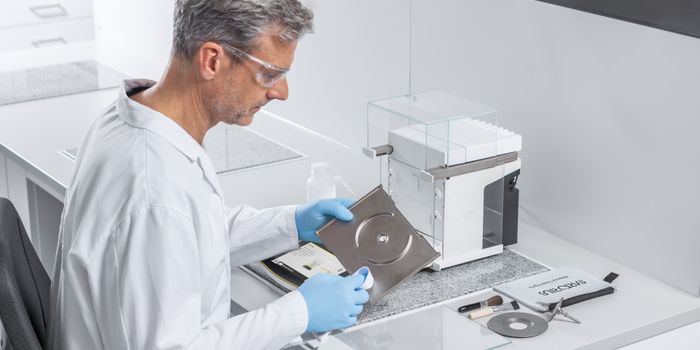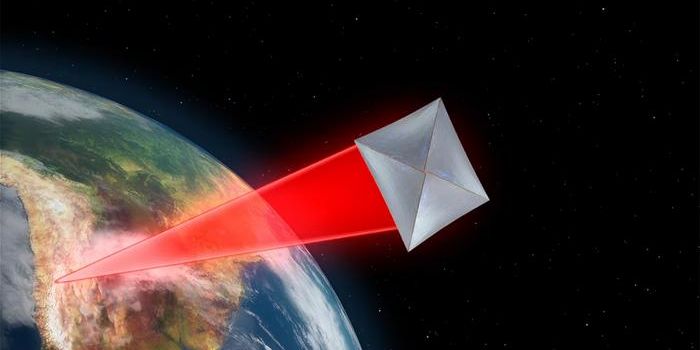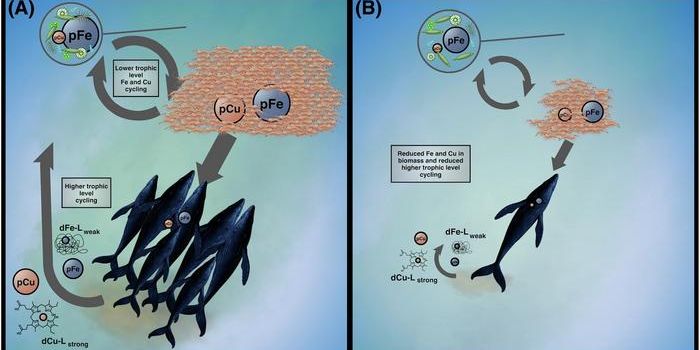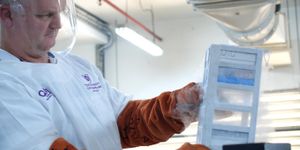Using a laser to cool a polyatomic molecule has never been done before - until now
Scientists from Harvard have devised a technique that allows them to slow down a polyatomic molecule using a laser. This method is the first to successfully use cryogenic technology and direct laser light to cool the nonlinear polyatomic molecule calcium monomethoxide (CaOCH3) to just above absolute zero. Their results, which have significant implications for quantum simulation, particle physics, and quantum chemistry, are published in the journal Science.
"When we started out on the project, we were optimistic but we were not sure that we would see something that would show a very dramatic effect," said Debayan Mitra, a postdoctoral researcher in Harvard's Doyle Research Group. "We thought that we would need more evidence to prove that we were actually cooling the molecule, but then when we saw the signal, it was like, 'Yeah, nobody will doubt that.' It was big and it was right there."
The moment occurred when the team got the molecule’s temperature (kinetic energy) to go from 22 millikelvins to about 1 millikelvin – meaning a mere few thousandths of a decimal above absolute zero.
The study was led by Mitra and graduate student Nathaniel B. Vilas. Mitra commented, "What we did here is sort of extending the state of the art. It's always been debated whether we would ever have technology that will be good enough to control complex molecules at the quantum level. This particular experiment is just a stepping stone."
This was the first documentation of manipulating a six-atom molecule, say the researchers. The process is exciting because it opens up new realms within the field of physics. "These kinds of molecules have a structure that is ubiquitous in chemical and biological systems," said senior author John M. Doyle, the Henry B. Silsbee Professor of Physics. "Controlling perfectly their quantum states is basic research that could shed light on fundamental quantum processes in these building blocks of nature."
The scientists are planning on trying to make the molecule even colder. They say that their findings prove that direct laser technology could be used to cool other polyatomic molecules to help advance quantum science.
Sources: Science, Eureka Alert









